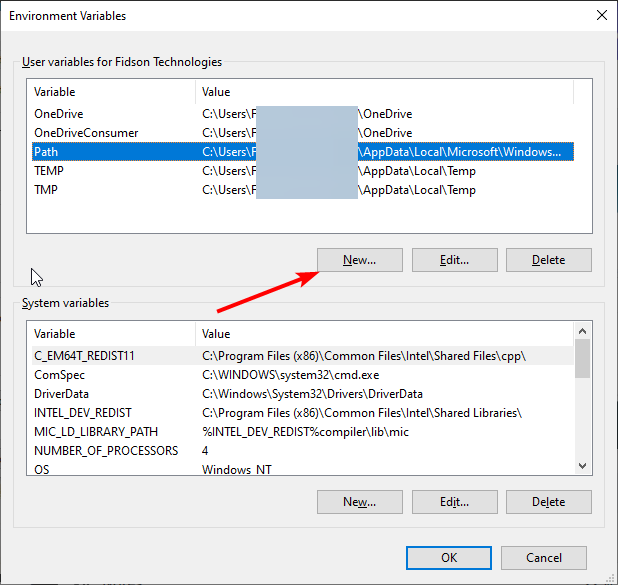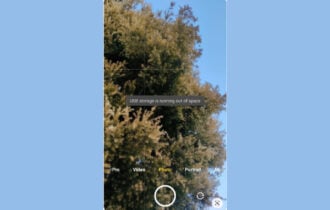How to Fix ADB Command Not Found or Inaccessible [5 Ways]
Running the ADB command from the installation directory should do the trick
4 min. read
Updated on
Read our disclosure page to find out how can you help Windows Report sustain the editorial team Read more
Key notes
- The ADB command not found error can be due to an outdated ADB interface driver.
- A quick and effective way to fix this issue is to run the ADB command directly from the installation directory.
- Another surefire solution is to enable the debugging and developer options on your phone.

Have you ever received an ADB command not found error message when you were trying to connect your smartphone to your personal computer? This error prevents you from running developer commands on your phone.
But, it is easy to fix, as we will show in this article.
Why is the ADB command not found?
Listed below are some of the reasons for the ADB command not be found error:
- Outdated driver: If the ADB interface is outdated, you might get the ADB devices command not found or ADB: inaccessible or not found error. The solution to this is to update your driver to the latest version.
- Disabled phone feature: Sometimes, this issue might be because the debugging and developer feature is disabled on your phone. You need to enable this feature to make changes to your phone.
How can I fix the ADB command not found error?
1. Select Media Transfer Protocol on your phone
- The first thing that you will have to do will be to check if your smartphone is plugged in correctly.
- After this, you will have to select the USB connection notification on your phone.
- Then, you will have to select MTP to be your connection mode.
2. Update ADB Interface
- Open Device Manager.
- Right-click on the Android ADB Interface or Android Phone option, under Other Devices, and select Update driver.
- Select Browse my computer for driver software.
- Now, select Let me pick from a list of device drivers on my computer.
- Now, a window dialog will show up on your screen with the text Show all devices, click Next.
- Click Have Disk.
- After this, go to the location where you have installed the SDK. Usually is C:Program FilesAndroidandroid-sdkextrasgoogleusb_driver.
- Then you will have to double-click on android_winusb.inf and select Android ADB Interface.
- Now, click on Yes, followed by Install.
- After the process is complete, you will have to close the window.
3. Enable USB Debugging and Developer Options
- The first thing that you will have to do will be to go to your phone Settings and Select About.
- Here, tap the Build number seven times to enable Developer Options.
- Then, you will have to go back and select Developer Options.
- Now, scroll down and tap on USB Debugging.
4. Run ADB command from the installation directory
- Open Command Prompt.
- Navigate to the directory where Android SDK is installed in Command Prompt. By default, it should be one of the paths below:
C:Program Files (x86)Androidandroid-sdktoolsC:Program Files (x86)Androidandroid-sdkplatform-tools - Try running the ADB command from these directories.
Alternatively, you can open Command Prompt in the Android SDK directory by doing the following:
- Open the Android SDK installation directory.
- Press and hold the Shift key, and right-click the space inside the directory. Choose the Open PowerShell window here option.
- Once the PowerShell window opens, try running the ADB command.
5. Create a user or system variable path for ADB or fastboot
- Press the Windows key, type advanced system, and choose View advanced system settings.
- Click on the Environment variables button.
- Now, select any item under the System or User variables sections, and click the New button.
- Type Path as the Variable name.
- Next, click the Browse Directory button, select platform-tools, and click OK.
- Finally, click the OK button to confirm the changes, and remember to click the OK button on the Environment variables button.
We hope this article and our solutions helped you fix the bash: ADB: command not found, zsh: command not found: and the other variations of this error.
If you the ADB reboot bootloader is not working on your PC, check our detailed guide to fix it quickly.
Feel free to let us know the solution that helped you fix this issue in the comments below.

















